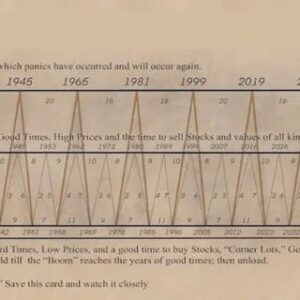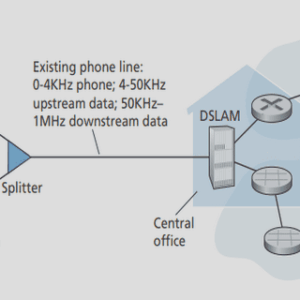(Downloads - 0)
For more info about our services contact : help@bestpfe.com
Table of contents
General introduction
1 Ferroelectricity versus structure
1.1 Historical background
1.2 Classification of materials
1.3 Theory of ferroelectricity
1.3.1 Important parameters
1.3.2 Thermodynamic approach
1.3.3 Ferroelectric phenomenon
1.4 Ferroelectric materials
1.4.1 Single crystals
1.4.2 Polymers
1.4.3 Ceramics
1.4.4 Thin films
1.4.5 Applications
1.5 Lead free thin film materials
1.5.1 Barium strontium titanate thin films
1.5.1.1 Perovskite structure
1.5.1.2 Composition dependent TC
1.5.1.3 Microstructure of CSD processed BST thin films
1.5.2 Strontium barium niobate
1.5.2.1 Structure and Curie temperature
1.5.2.2 Dielectric properties of SBN thin films
1.6 Conclusion
References
2 Thin film capacitor elaboration and characterization methods
2.1 Introduction
2.2 Elaboration of thin films
2.2.1 Thin film deposition methods
2.2.2 Sol gel based method
2.2.3 MOD method
2.2.3.1 Solution coating techniques
2.2.4 Processing of solution based perovskite thin films
2.2.4.1 Solution chemistry effects
2.2.4.2 Heat treatment
2.2.5 Technological process of thin film formation
2.2.5.1 Equipments and materials
2.2.5.2 Thin film deposition
2.2.5.3 Film annealing process
2.2.5.4 Technological difficulties and solutions
2.3 Functional ferroelectric thin film capacitors
2.3.1 Thin film capacitors
2.3.2 Electrode choice
2.3.2.1 Experimental work
2.3.2.2 Top electrode deposition
2.4 Characterization techniques of thin films
2.4.1 Morphological and structural characterization
2.4.1.1 SEM
2.4.1.2 AFM
2.4.1.3 GISAXS
2.4.1.4 XRD
2.4.2 Physico-chemical characterization
2.4.3 Electrical characterization
2.4.3.1 Dielectric measurements
2.4.3.2 Current density
2.4.3.3 Ferroelectric measurements
2.5 Conclusion
References
3 Carboxylate based sol gel chemistry: from solutions to thin film formation
3.1 Introduction
3.2 Alkoxide and carboxylate chemical approaches
3.3 Synthesis routes of metal carboxylates
3.4 Solution chemistry of SBN carboxylates
3.4.1 Choice of carboxylic acids
3.4.2 Synthesis of SBN precursor solutions
3.4.3 Preparation of SBN thin films
3.5 Characterization of SBN thin films
3.5.1 Morphological study
3.5.2 Composition analysis
3.6 BST solutions
3.7 Conclusion
References
4 Effect of thermal annealing on the morphology of sol–gel processed BST thin films: Consequences on electrical properties
4.1 Introduction
4.2 BST thin films
4.3 Fundamental study of BST thin films
4.3.1 Decomposition of BST solution
4.3.2 Thin film preparation
4.3.3 GISAXS study of BST films
4.3.3.1 In situ GISAXS
4.3.3.2 Ex situ GISAXS
4.3.3.3 Quantitative film porosity
4.3.4 Structural study of BST films
4.3.5 Morphology study and modeling
4.4 BST thin film capacitor study
4.4.1 Morphology and structure
4.4.2 Electrical properties
4.5 Conclusion
References
5 Investigating the dilution effect on the morphological, structural and electrical properties of BST thin films
5.1 Introduction
5.2 Precursor solution dilution study
5.2.1 Diluted BST thin film preparation
5.2.2 Diluted thin films morphology and structure
5.2.2.1 Morphology
5.2.2.2 Structure
5.2.2.3 Roughness and grain size
5.3 Electrical properties
5.3.1 Dielectric properties
5.3.2 Current density
5.3.3 Poling of the BST diluted thin films
5.3.4 Ferroelectricity vs structure
5.3.4.1 Capacitance vs Bias
5.3.4.2 Polarization-field hysteresis loop
5.4 Conclusion
References
Résumé
General conclusion
Appendices
A Clean room equipments and materials
A.1 Spin coater
A.2 Hot plate
A.3 Platinized silicon wafers
B Electrical characterization setup
B.1 LCR meter
B.2 Setup for the hysteresis loop measurements
C GISAXS equipment
C.1 GISAXS setup
C.2 Anton Paar



